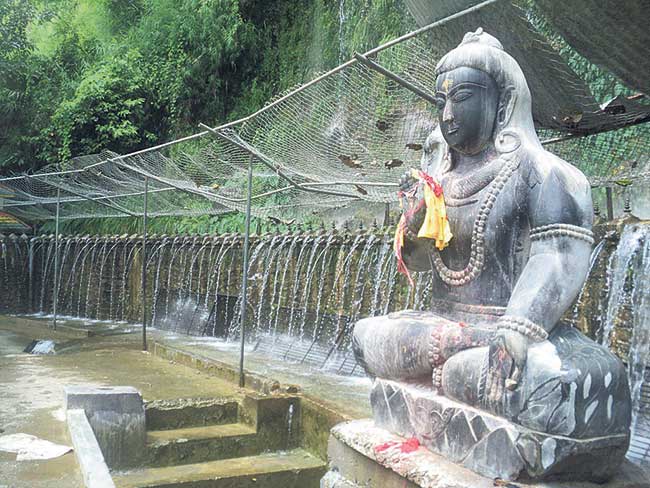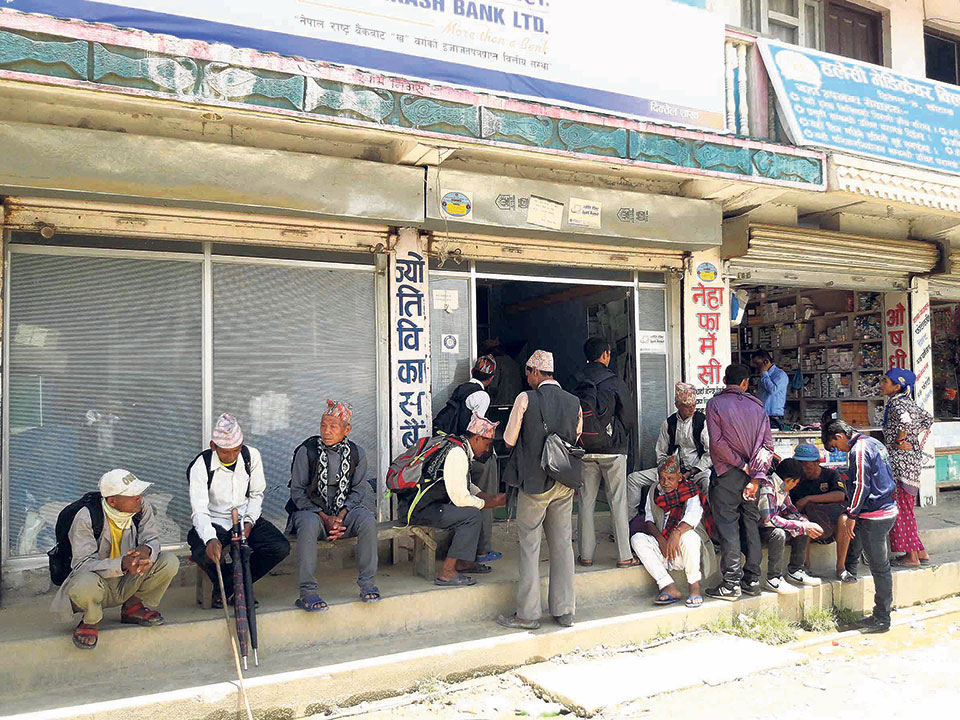The nature and culture of a place play a vital role in the development of that area. Both the factors not only contribute to tourism but also give identity to the local residents. Nepal is blessed with cultural and natural beauty, while many parts of this Himalayan nation have yet to be explored. Several small tourist destinations are in dire need of promotion as well as endorsements so as to attract a large number of tourists. Here are some details about the cultural sites in Khotang, Parbat and Syangja.
 Charm of Saharsa Dhara
Charm of Saharsa Dhara
PARBAT: According to the Hindu mythology, Saharsa Dhara is the original place where Goddess Parbati used to meditate. Saharsa Dhara is situated in Kushma-1 of Partbat and it is believed that those who come to visit the place and take a bath in the stone taps will be blessed by the goddess.
Nepal showcases cultural richness at 'World Cultural Festival-2...

Saharsa Dhara is a man made tap where beautiful stone taps have been carved out in the shapes of various deities, the main being Lord Shiva.
Talking about the flow of people in this area, President of Saharsa Dhara Dibyadham Development Committee, Krishna Bahadur Chhetri, said, "Those who come to visit Muktinath usually come to take a bath at Saharsa Dhara before heading to Muktinath. Earlier this used to be a trekking route, however, the number of visitors has thinned ever since the roadway to Muktinath was constructed.”
According to him, the Committee has constructed stone cow heads for 108 stone taps at Saharsa Dhara. The locals believe that the new addition will become an attraction for tourists and will help in the area’s economic development.
 Wish-fulfilling Bhulbhule Dhudkund
Wish-fulfilling Bhulbhule Dhudkund
KHOTANG: It is believed that those who visit Bhulbhule Dhudkunda, situated in Rupakot Majhuwagadi Municipality- 6 Jhulke, Khotang, will be granted their wish. The place is jam-packed with pilgrims once a year during the Kartik month of Nepali calendar. Visitors from Diktel, Kharmi, Dorpa and Lafyang, among others, throng the area.
The place is an important religious site for Kirats and Hindu pilgrims as it consists of Jhulke Shiva, Ganesh, Budhanilkantha, Teenkanya Jalapadevi, Shiddhashikari and Yalambar. This cultural site is filled with throngs of people in festivals like Ramnawami, Rishitarpani and Rishipanchami.
The place is famous for worshipping the Jalkanya Devi while the huge sculptures of Buddhanilkantha and Yalambar, seven streams of water in a row and natural splendor are the main attractions of Jhulke.
One of the specialties about Bhulbhule Dhudkunda is that the pond is filled with colorful fishes. Locals restrain from fishing in the pond because it is believed that the fish in the pond should not be killed. According to legends, a cowherd had found that the water resource of Jhulke turned white as milk and when they tasted it, the water tasted like milk. However, when they boiled it, the liquid turned into water again. Thus, the name Dhudhkunda was established.








































